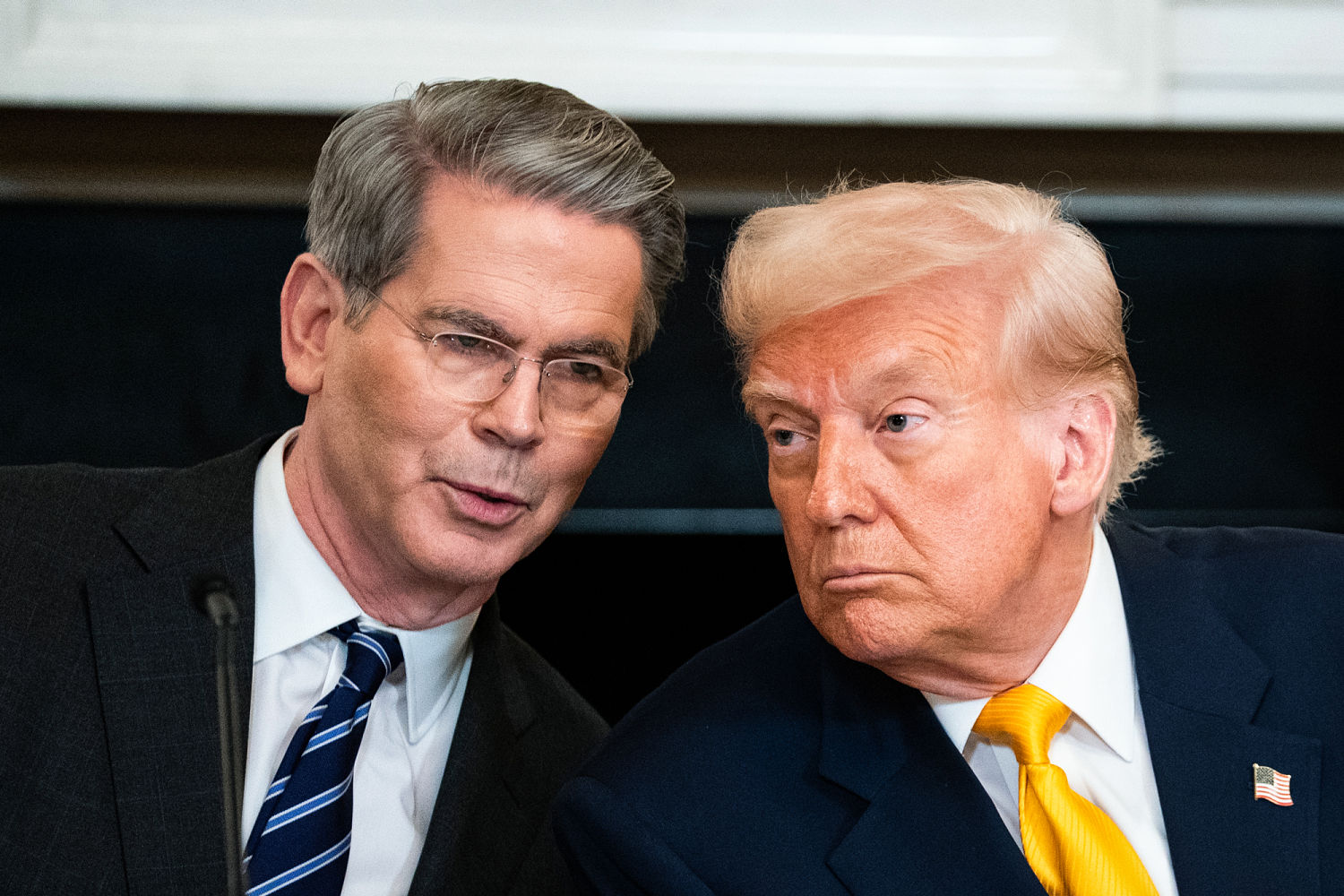
WASHINGTON — Treasury Secretary Scott Bessent said Sunday that the U.S. will revert to steep country-by-country tariff rates at the beginning of August, weeks after the tariff rate pause is set to expire.
“President Trump’s going to be sending letters to some of our trading partners saying that if you don’t move things along, then on Aug. 1, you will boomerang back to your April 2 tariff level,” Bessent said in an interview on CNN’s “State of the Union.” “So I think we’re going to see a lot of deals very quickly.”
President Donald Trump had originally set a 90-day deadline — set to expire Wednesday — for countries to renegotiate the eye-watering tariff levels he laid out in his April 2 “Liberation Day” speech. He paused those rates a week later, while setting a new 90-day deadline to renegotiate them.
That deadline was set to expire on Wednesday.
CNN host Dana Bash responded to Bessent on Sunday, saying, “There’s basically a new deadline,” prompting Bessent to push back.
“It’s not a new deadline. We are saying this is when it’s happening,” Bessent said. “If you want to speed things up, have at it. If you want to go back to the old rate, that’s your choice.”
On Friday, Trump, too, referred to an Aug. 1 deadline, raising questions about whether the July 9 deadline still stands. A White House spokesperson did not provide a comment when asked to clarify whether the April 2 tariff rates would resume on July 9 or Aug. 1.
The president has recently given shifting descriptions of how firm the July 9 deadline is, saying at the end of June, “We can extend it, we can shorten it,” only to double down on it several days later, saying he was not thinking about extending it.
Shortly after midnight Friday, Trump referred to an Aug. 1 timeline, telling reporters that the April 2 tariff rates would resume at the start of August.
Asked whether the U.S. would be flexible with any countries on the July 9 deadline, Trump said, “Not really.”
“They’ll start to pay on Aug. 1,” he added. “The money will start to come into the United States on Aug. 1, OK, in pretty much all cases.”
Trump said Friday that the administration would start sending letters to countries, adding, “I think by the 9th they’ll be fully covered.”
“They’ll range in value from maybe 60% or 70% tariffs to 10% and 20% tariffs, but they’re going to be starting to go out sometime tomorrow,” Trump said overnight on Friday. “We’ve done the final form, and it’s basically going to explain what the countries are going to be paying in tariffs.”
Tariffs are paid by importers — which can pass on part or all of the costs to consumers — and not necessarily by entities in the goods’ country of origin.
Bessent also noted on Sunday that “many of these countries never even contacted us.”
The White House had initially projected confidence that dozens of countries would try to make deals. White House trade adviser Peter Navarro said on NBC News’ “Meet the Press” in April that “we’ve got 90 deals in 90 days possibly pending here.” Late last month, Trump said that “everybody wants to make a deal,” and after announcing sweeping tariffs on April 2, he said countries were “kissing my a–.”
“These countries are calling us up, kissing my a–,” Trump said in April. “They are. They are dying to make a deal. ‘Please, please, sir, make a deal. I’ll do anything.’”
The renewed uncertainty is likely to further upset markets, which saw stock futures go lower Friday after Trump mentioned the country letters. Stocks have returned to all-time highs in part due to the lull in tariff news.
So far, Trump has imposed higher import duties on autos and auto parts, steel and aluminum, and goods from China and Vietnam.
